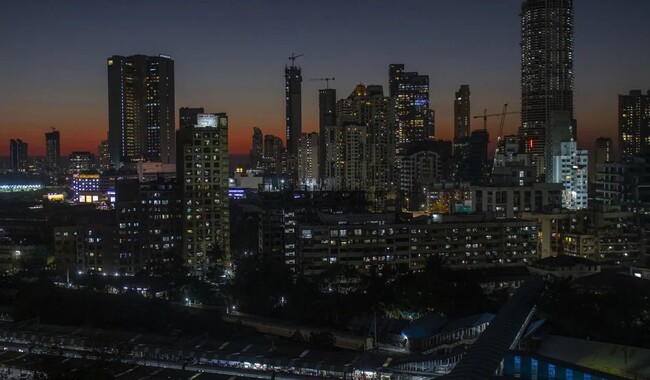Emerging Cities to Propel India’s Path to World’s Third Largest Economy
Colliers Report: India's Emerging Cities Set to Drive Economic Boom and Real Estate Surge
GG News Bureau
New Delhi, 18th June. In its latest report “Equitable Growth and Emerging Real Estate Hotspots,” Colliers forecasts that emerging cities will be instrumental in India’s ascent to becoming the world’s third largest economy. The report highlights key factors such as infrastructure development, digitization, tourism, and evolving office landscapes driving urban growth across the nation.
By 2050, India is projected to host nearly 100 cities with populations exceeding one million, supplementing its existing eight mega-cities. Colliers identifies over 100 emerging cities poised to drive real estate demand and economic growth over the next 5-6 years.
The report underscores a transformative shift in India’s real estate sector, attributing smaller towns’ rising significance to infrastructure upgrades, affordable housing, skilled labor availability, and government support. The sector is anticipated to reach USD 1 trillion by 2030 and potentially USD 5 trillion by 2050, contributing 14-16% to India’s GDP.
Colliers identifies 30 high-potential growth cities from this cohort, forecasting that 17 will emerge as real estate hotspots. Cities like Amritsar, Ayodhya, Jaipur, Kanpur, Lucknow, and Varanasi are positioned to benefit from enhanced connectivity and governmental initiatives, making them attractive investment destinations.
In the eastern region, Patna and Puri are identified as burgeoning centers bolstered by infrastructure enhancements and increasing commercial activities. Meanwhile, western cities like Dwarka, Nagpur, Shirdi, and Surat are expected to experience robust growth driven by industrial expansion and infrastructure development.
Southern cities such as Coimbatore, Kochi, Tirupati, and Visakhapatnam are emerging as pivotal hubs for residential and commercial developments, backed by strong local economies and infrastructural advancements. In central India, Indore stands out due to its strategic location and burgeoning industrial base, making it a prime destination for real estate investments.
The National Infrastructure Pipeline (NIP) and PM GatiShakti projects are pivotal in promoting equitable growth beyond Tier I cities, fostering enhanced connectivity and stimulating demand across warehousing and residential segments in these emerging hotspots.
The report also notes a shift towards hybrid work models, driving demand for office spaces in smaller cities. Locations like Coimbatore, Indore, and Kochi are witnessing increased interest as satellite office markets, propelled by lower rental costs and affordable housing options, appealing to both companies and skilled talent.
Increased digital penetration is transforming smaller towns into hubs for data centers and smart infrastructure. Cities like Jaipur, Kanpur, and Lucknow are anticipated to witness substantial real estate activity driven by e-commerce growth and rising data consumption, leading to the development of fulfillment centers and warehouses.
Temple towns such as Amritsar, Ayodhya, Varanasi, and Tirupati are expected to benefit from spiritual tourism, supported by infrastructure improvements and favorable government policies, attracting investments in hospitality and retail sectors.
Commenting on these trends, Badal Yagnik, CEO of Colliers India, emphasized, “Smaller towns are emerging as dynamic contributors to India’s economy, driven by improved infrastructure, affordable real estate, skilled talent, and government initiatives. This growth is set to propel the real estate sector to an estimated USD 1 trillion by 2030 and potentially USD 5 trillion, constituting 14-16% of GDP by 2050.”
Vimal Nadar, Senior Director & Head of Research at Colliers India, highlighted, “As tech giants and innovative start-ups tap into the skilled talent pools of emerging hubs, smaller cities are on the brink of a transformative boom in both office and residential markets. Office rental arbitrage, typically 20-30% lower and a relatively affordable housing market in these locales, creates a win-win scenario for companies and employees alike.”
With India aiming for a USD 1 trillion real estate sector by 2030 and potentially capturing 14-16% of GDP by 2050, these emerging hotspots are poised to drive economic growth and sustainable urban development. Supported by proactive government policies and strategic investments, these cities are poised to attract domestic and international investments, transforming into vibrant centers of economic activity.


Comments are closed.